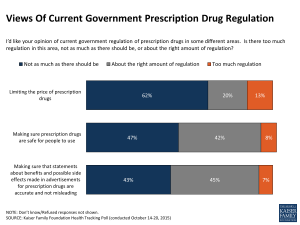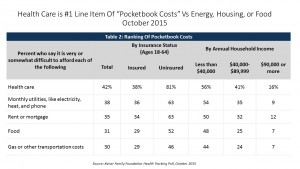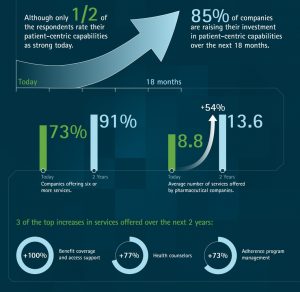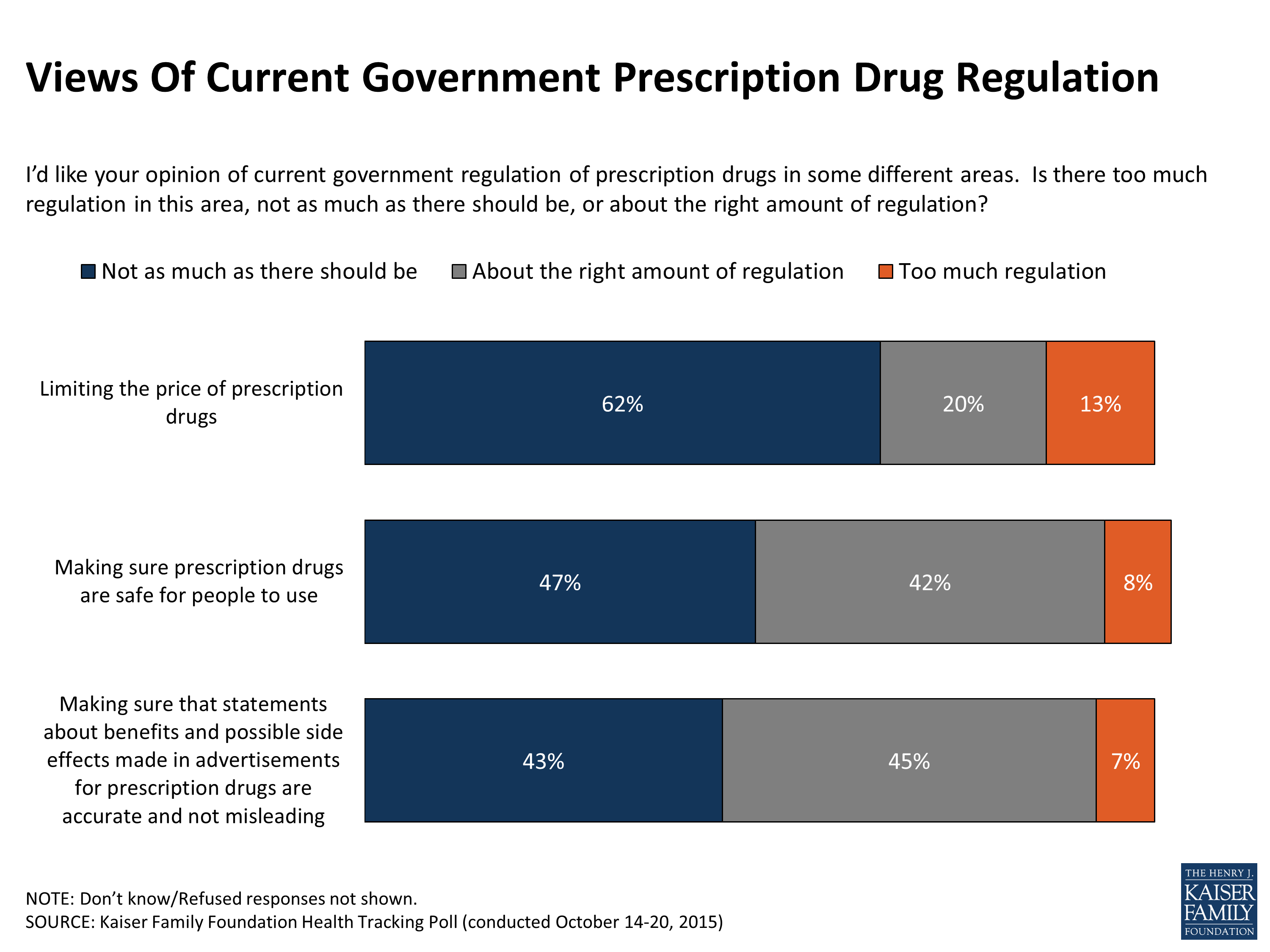 Pressures on the pharmaceutical industry are coming from every stakeholder touchpoint, driving companies to merge, set prices high for short-term gains, and (finally) put more resources toward providing patients services.
Pressures on the pharmaceutical industry are coming from every stakeholder touchpoint, driving companies to merge, set prices high for short-term gains, and (finally) put more resources toward providing patients services.
Let’s call out just a few of the events from the past couple of weeks which, together, paint the current rocky landscape for pharma and life science companies:
- Last week on April 28th, termed “healthcare’s $45 billion day,” three big M&A deals hit the financial markets: Abbott sought to acquire St. Jude Medical (worth $30 bn alone), AbbVie looked to buy Stemcentrx for just under $6 bn, and Sanofi tagged Medivation for over $9 bn.
- Valeant, the hedge-fund backed pharma company, testified to a Senate Committee apologizing for steep price hikes, to which Senator Claire McCaskill (D-Mo.) responded, “This is misleading to act as if this is the problem with four drugs. This is the business model.”
- Warren Buffett of Berkshire Hathaway told investors that, “the business model of Valeant was enormously flawed.” Colleague Charlie Munger said that Valeant’s strategy was “deeply immoral.” Buffett compared Valeant’s approach akin to a “chain letter” aiming to fool investors.
- An article published in the May 2016 issue of the health policy journal Health Affairs found that cancer drug spending in the U.S. didn’t reap as high a return-on-investment as similar spending in eight European countries due to pricing of the therapies and lack of competitive pressure in the oral anti-cancer drug market.
- There’s more pressure on pharma pricing brewing outside of America, now emerging in Germany — Europe’s largest prescription drug market. The country is tightening up its pricing rules, following a public outcry over Gilead’s Sovaldi in 2014.
- And today, IMS Health and Quintiles announced a merger of two big players in health care and pharma big data and analytics (a $9 bn deal).
Finally, in this politically-charged year, Presidential candidates Hillary Clinton, Bernie Sanders, and Donald Trump are all supporting Federal government negotiation of drug prices for Medicare.
 It’s not surprising, then, that most Americans also support “limiting” drug prices in the U.S., according to the October 2015 Kaiser Family Foundation Health Tracking Poll, illustrated by the first bar chart. As I wrote here in Health Populi about the KFF poll, health care costs are the #1 “pocketbook costs” for people in America, above housing, energy, and food. The table shows the detail: even families earning over $90,000 a year cite health care costs as the top family budget issue above all household spending line items.
It’s not surprising, then, that most Americans also support “limiting” drug prices in the U.S., according to the October 2015 Kaiser Family Foundation Health Tracking Poll, illustrated by the first bar chart. As I wrote here in Health Populi about the KFF poll, health care costs are the #1 “pocketbook costs” for people in America, above housing, energy, and food. The table shows the detail: even families earning over $90,000 a year cite health care costs as the top family budget issue above all household spending line items.
 Health Populi’s Hot Points: How can the embattled pharma industry deal with pressures from every quarter of the health/care ecosystem? Accenture’s report, The Patient is IN: Pharma’s Growing Opportunity in Patient Services, provides some solutions to the tough challenge with the top-line: focus on the patient, consumer, and caregiver.
Health Populi’s Hot Points: How can the embattled pharma industry deal with pressures from every quarter of the health/care ecosystem? Accenture’s report, The Patient is IN: Pharma’s Growing Opportunity in Patient Services, provides some solutions to the tough challenge with the top-line: focus on the patient, consumer, and caregiver.
Pharma companies are increasing their investments in patient-focused services, especially for medication delivery and support, adherence program management, nursing support services, engagement insight development, and access programs, among others, Accenture’s survey found.
Note the most important assertion in the Accenture report: “Articulating the patient and economic value of services needs to be central to healthcare professional interactions.” Doctors are now health economists; patients are now payors; and, the pharma industry is operating in a new flavor of retail business where transparency and clear communication of the value proposition for a therapy is the required M.O.
We’ll be brainstorming the “value of the value chain” in pharma at the MM&M Transforming Healthcare 2016 Conference on May 5, 2016, in New York City. Please join Dr. Leonard Saltz of Memorial Sloan Kettering Medical Center, Jessica Brueggeman of MicroMass, and Shelly Ikeme of Baxter on the 5th as we share our perspectives and prospects for pharma in the emerging value-based health/care era.





 Thank you FeedSpot for
Thank you FeedSpot for